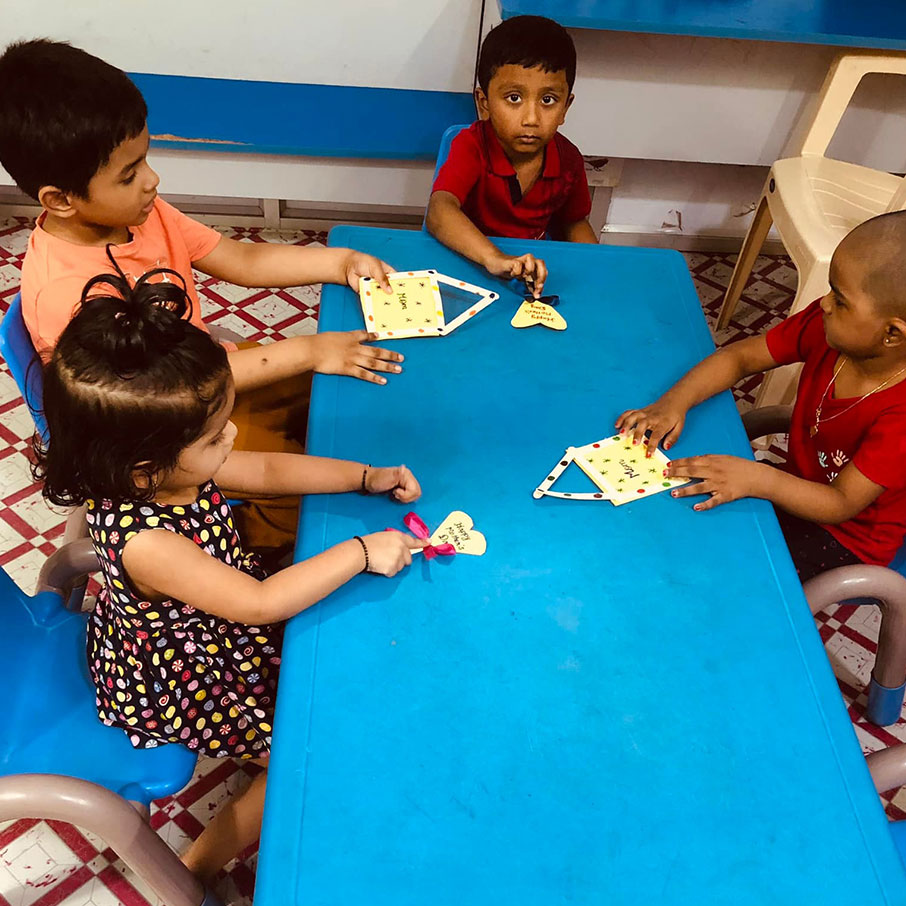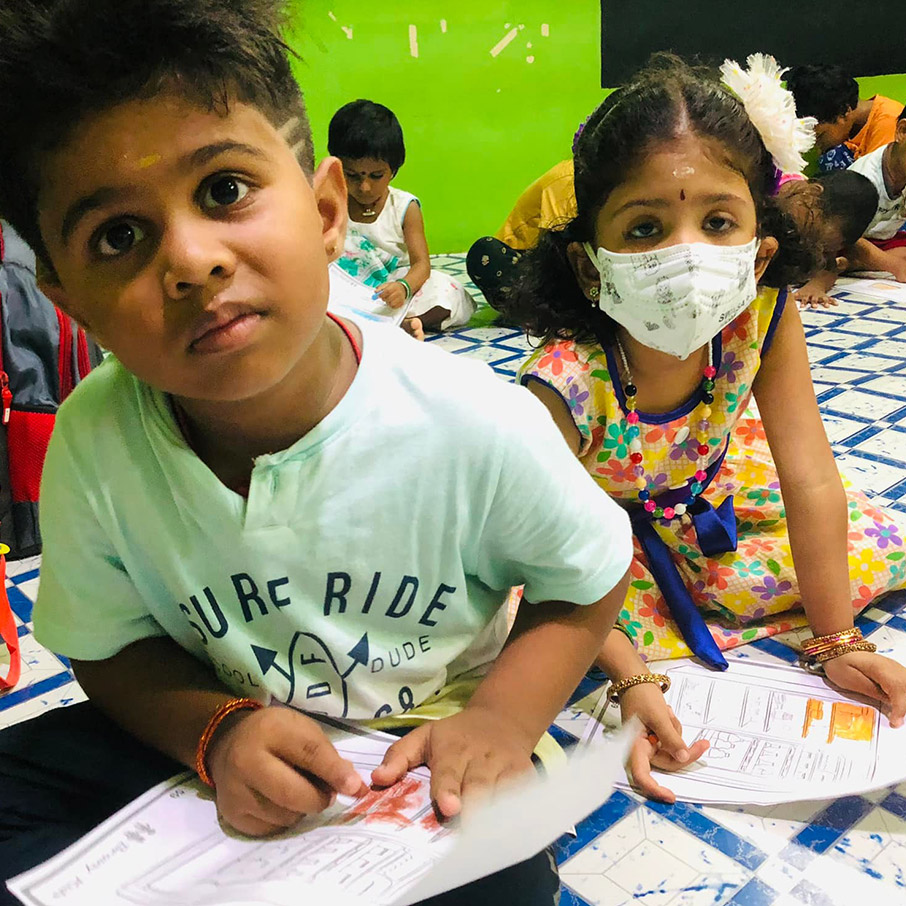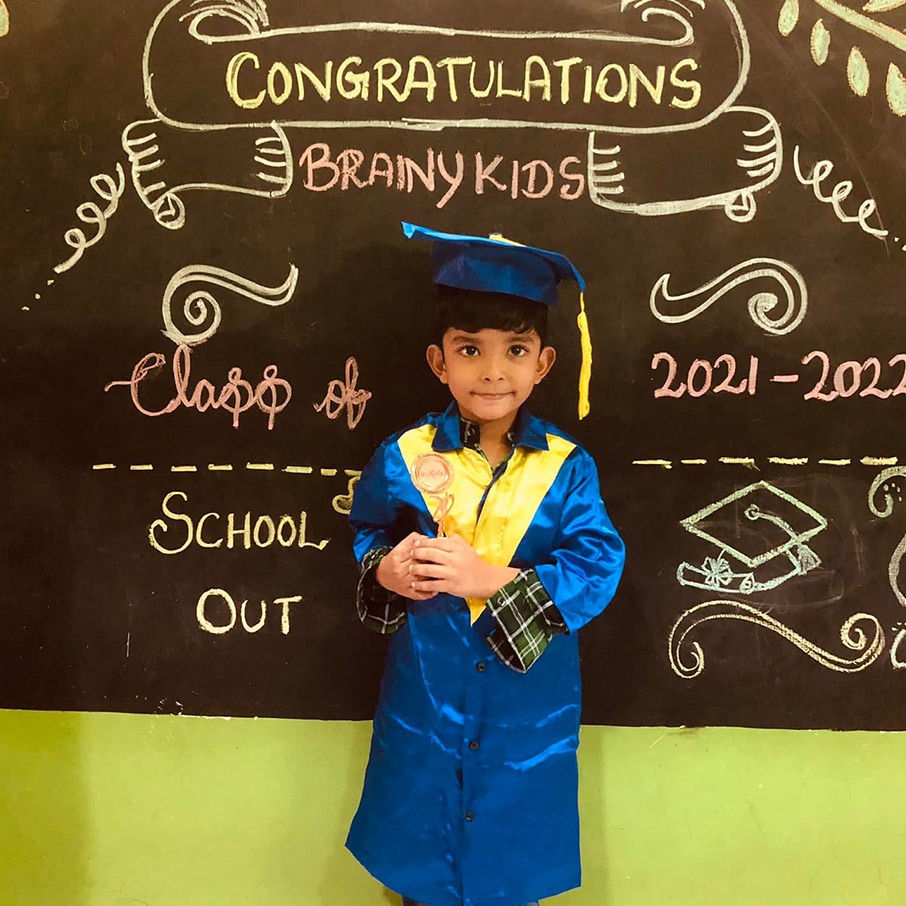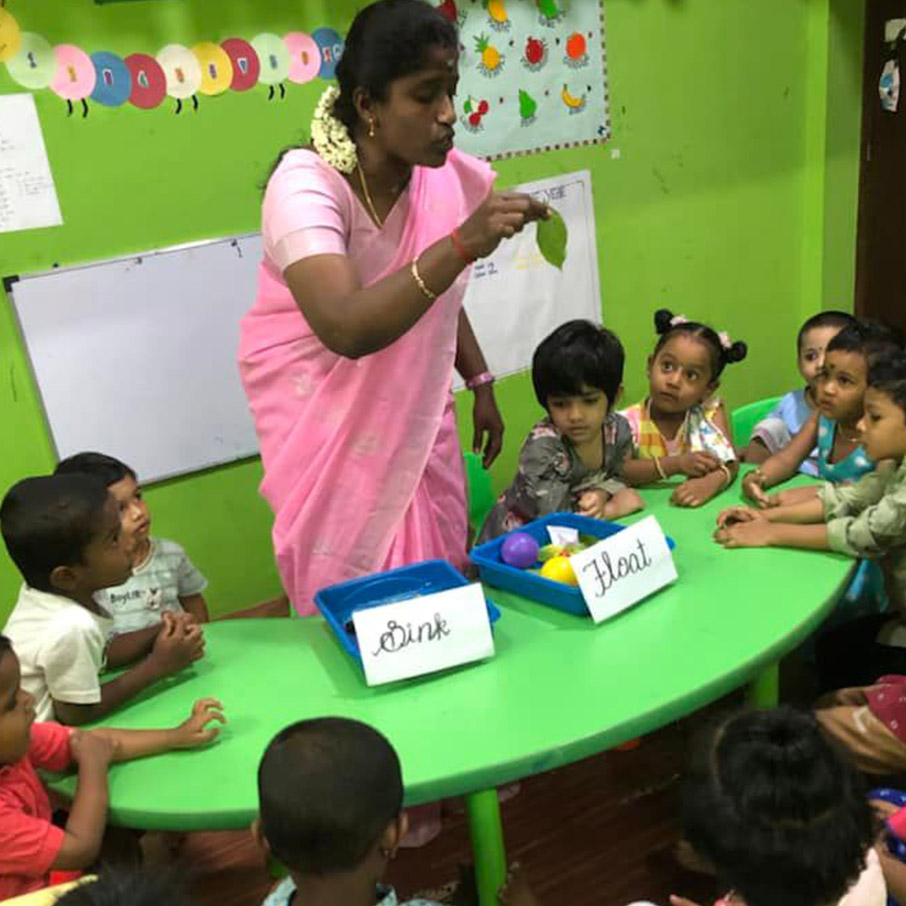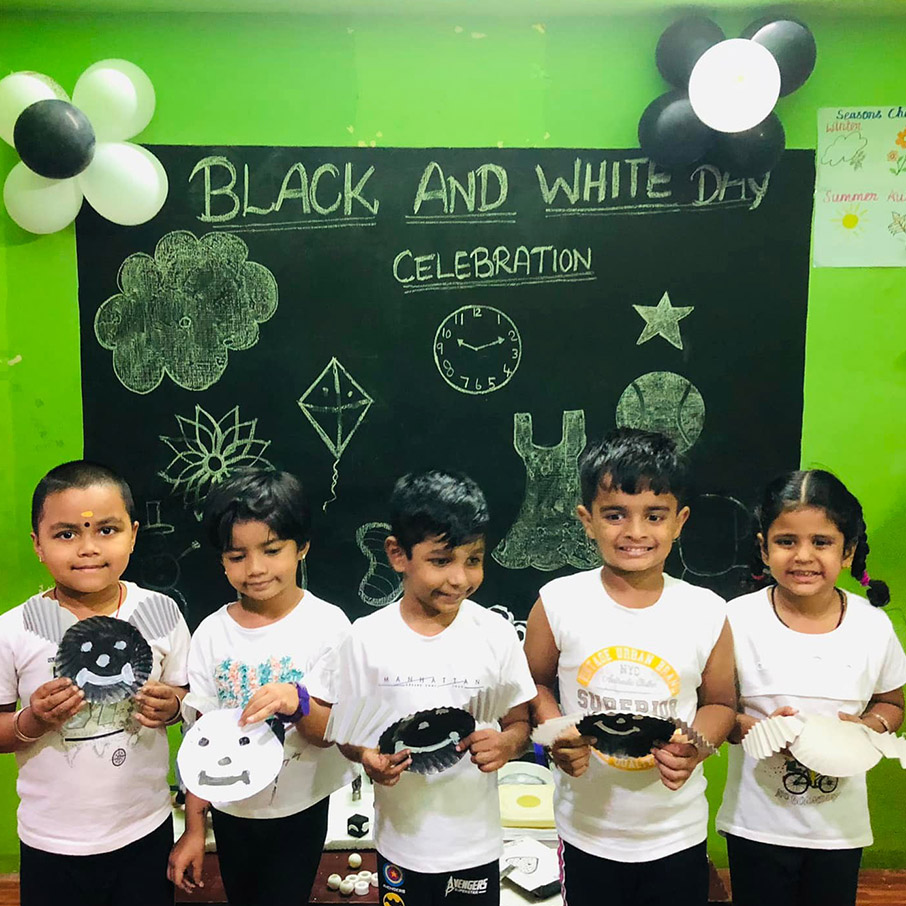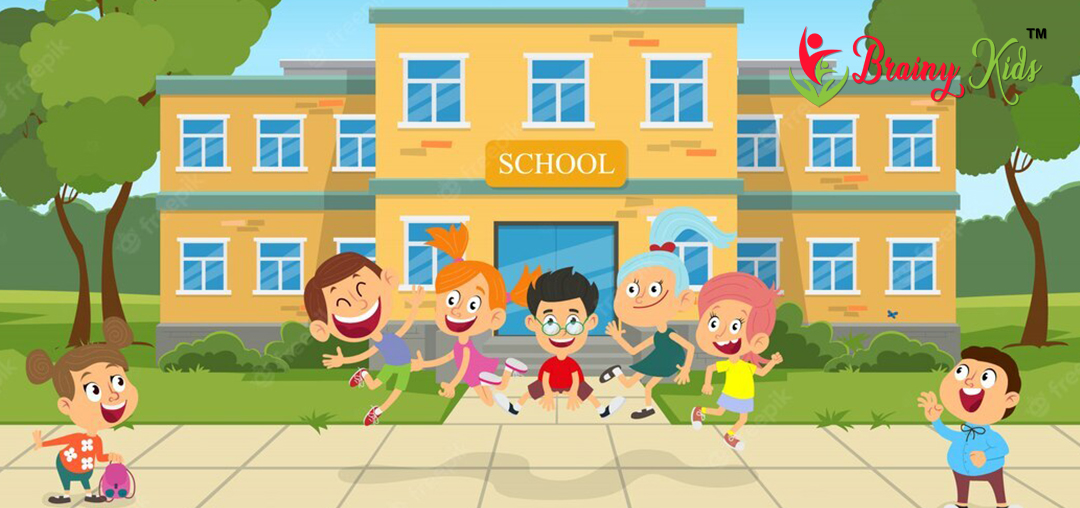
Prekg:
The preschool pedagogy consists of:
1. Excelerate Programme — Here the focus is laid on foundational skills, whether it is language, cognitive or numeracy skills.
2. Multifaceted Learning Experiences — This aspect of the curriculum focuses on providing students with learning experiences to help their overall development.
3. iCare — This is a values-based learning component that helps students become sensitive to real-world issues like global warming, waste management and more.
4. iPlay — An active part of the learning experiences, iPlay encourages social skills development while simultaneously helping students become more confident.
5. Future-Ready — The Future-Ready learning part of the pedagogy focuses on STEAM activities, hands-on experiments and technology-based assignments.
Preschool teaching strategies
Promote early literacy. Preschool children develop literacy skills in a social environment through language-rich activities. Teachers should spend time each day reading books aloud to their students, which helps with reading comprehension, letter recognition and print awareness. In addition to this, teachers can host puppet shows and talk about favorite books and stories. Preschool children can create journals to practice beginning printing, such as writing their names, and fill other pages with drawings. Teachers should also have a reading center where children can pick out picture books they enjoy and spend quiet time perusing them.
Introduce numbers and mathematics.
Preschool teachers can plan many activities that teach the basic concepts of numbers and math. Manipulating and counting physical objects like colored tiles helps students relate them to written numbers. Putting items together and taking them apart is the foundation for learning addition and subtraction. Building blocks teach children about shapes and spacial relations such as above, behind, on top of, and so on. Make sure students can identify different shapes and why those shapes are called particular names. Talk about patterns and predictions.
Teach science through observation.
Teaching early science skills involves asking students to observe the world around them. Children can use their senses to describe the properties of events and objects, such as what makes rain different from snow. Teachers can have students classify objects according to their physical attributes such as size, length, weight, and temperature. Preschool children are also able to test hypotheses by experimenting, such as guessing what will happen when they combine two colors and observing the result.
Creativity and art.
Strategies that build a child’s imagination and creativity can also help them learn colors and shapes as well as improve their motor skills. Creative processes such as drawing, singing, or movement help children articulate experiences, express emotions, and understand cause and effect. One of the best strategies is to have your creative project complement the rest of the curriculum that week. This helps to tie together everything a child has been learning, and connect the arts to education.

